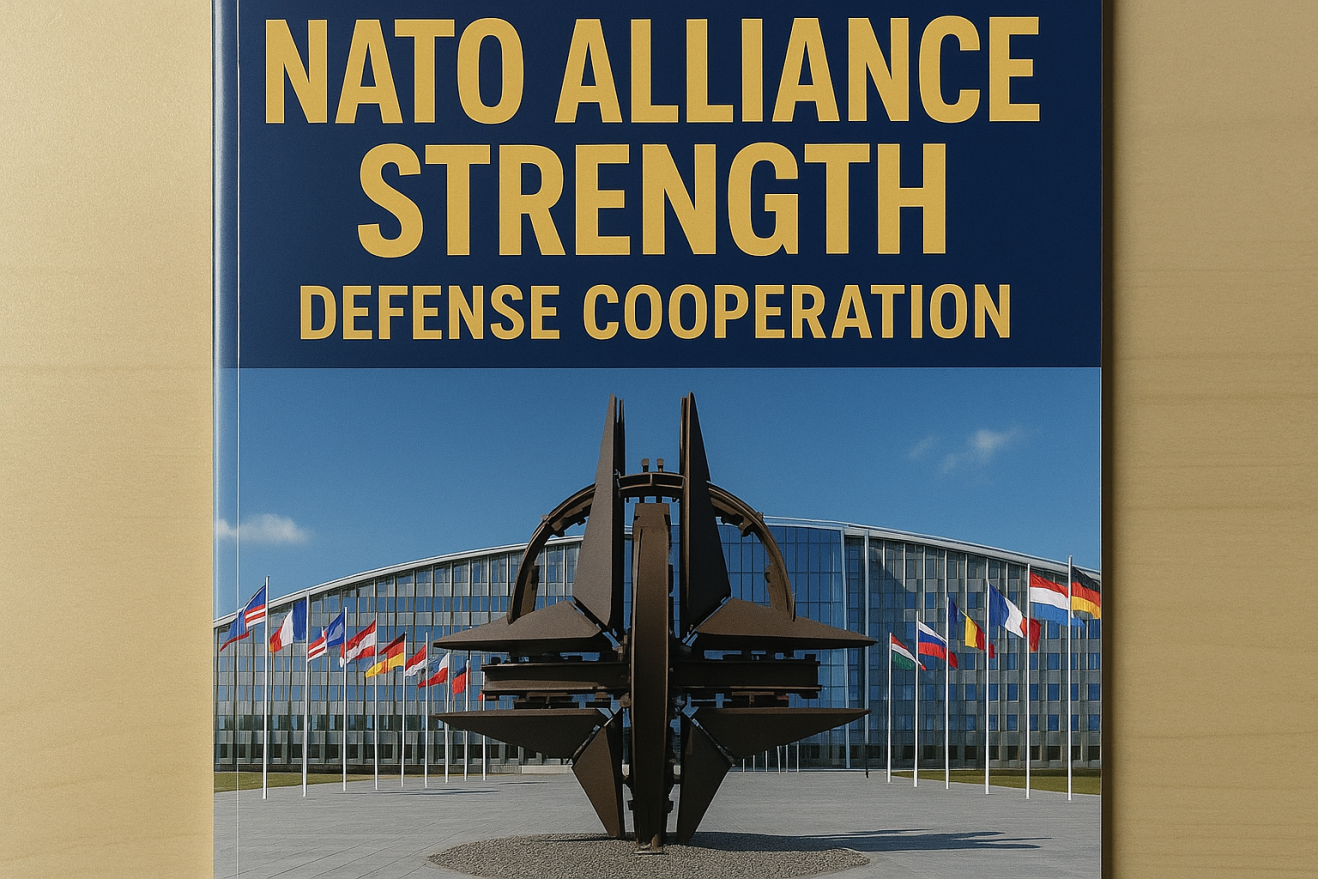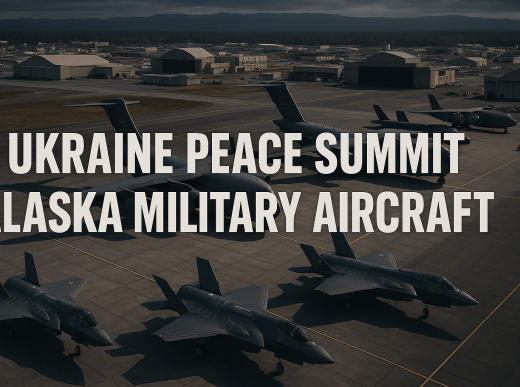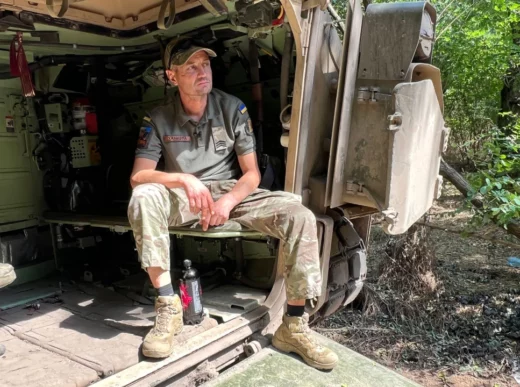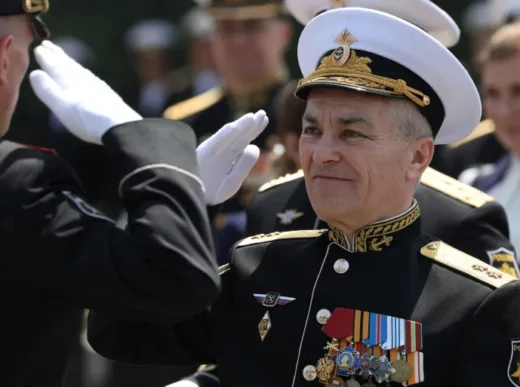NATO’s comprehensive reinforcement of its eastern flank represents the most significant military buildup in Europe since the Cold War, as the alliance adapts its defense posture to address evolving Russian threats and ensure collective security for member nations.
\1
The North Atlantic Treaty Organization has fundamentally restructured its defense posture in response to Russian aggression, implementing the largest military reinforcement of Eastern Europe in decades. This strategic realignment reflects NATO’s commitment to Article 5 collective defense while adapting to contemporary security challenges.
The reinforcement encompasses multiple dimensions of military capability, from conventional forces to advanced missile defense systems, creating a comprehensive deterrent against potential Russian aggression.
\1
NATO’s Enhanced Forward Presence (eFP) has been significantly expanded:
### Battle Group Deployments
Multinational battle groups have been established in Poland, the Baltic States, and other frontline nations, providing immediate defensive capabilities.
### Rotational Forces
Regular rotation of NATO forces through Eastern European bases maintains high readiness while demonstrating alliance commitment.
### Infrastructure Development
Substantial investment in military infrastructure, including bases, logistics hubs, and communication systems, supports sustained operations.
### Training Integration
Comprehensive training programs integrate NATO forces with local military units, improving interoperability and defensive effectiveness.
\1
The eastern flank reinforcement includes deployment of cutting-edge defense technologies:
### Missile Defense
Advanced missile defense systems, including Patriot batteries and THAAD systems, provide protection against ballistic missile threats.
### Air Defense Integration
Integrated air defense networks create comprehensive protection against aerial threats across the eastern flank.
### Electronic Warfare
Sophisticated electronic warfare capabilities counter Russian electronic attack systems and protect NATO communications.
### Cyber Defense
Enhanced cyber defense capabilities protect critical infrastructure and military systems from Russian cyber attacks.
\1
The reinforcement demonstrates unprecedented multinational cooperation:
**Command Integration**: Unified command structures ensure coordinated response to potential threats
**Resource Sharing**: Shared logistics and support systems improve operational efficiency
**Intelligence Fusion**: Integrated intelligence systems provide comprehensive threat assessment capabilities
**Training Standardization**: Standardized training programs ensure interoperability across alliance forces
\1
NATO’s eastern flank reinforcement has significant regional security implications:
### Deterrence Effect
The visible presence of NATO forces provides credible deterrence against Russian military adventurism in the region.
### Alliance Solidarity
The reinforcement demonstrates NATO unity and commitment to collective defense principles.
### Regional Stability
Enhanced security in Eastern Europe contributes to broader regional stability and economic development.
### Partner Nation Confidence
Increased NATO presence boosts confidence among partner nations and encourages continued democratic development.
\1
Russia has responded to NATO reinforcement with various countermeasures:
**Military Buildup**: Russian forces have been reinforced along NATO borders, creating a tense military standoff
**Hybrid Warfare**: Increased use of hybrid warfare tactics, including disinformation and cyber attacks
**Nuclear Rhetoric**: Escalatory nuclear rhetoric aimed at deterring further NATO expansion and reinforcement
**Economic Pressure**: Economic coercion attempts against NATO members and partners in the region
\1
The reinforcement incorporates advanced military technologies:
### Artificial Intelligence
AI-powered systems enhance threat detection, target identification, and decision-making capabilities.
### Autonomous Systems
Unmanned systems provide reconnaissance, surveillance, and defensive capabilities with reduced risk to personnel.
### Advanced Communications
Secure, resilient communication systems ensure command and control capabilities in contested environments.
### Precision Weapons
Advanced precision weapons systems provide effective deterrent capabilities while minimizing collateral damage risks.
\1
The eastern flank reinforcement requires substantial resource commitments:
### Defense Spending
NATO members have increased defense spending to meet alliance commitments and support reinforcement operations.
### Infrastructure Investment
Significant investment in military infrastructure supports long-term defensive capabilities.
### Economic Impact
Military spending and infrastructure development provide economic benefits to host nations.
### Burden Sharing
Equitable burden sharing among alliance members ensures sustainable long-term reinforcement.
\1
Maintaining high readiness levels requires comprehensive training programs:
**Joint Exercises**: Regular multinational exercises test and improve alliance defensive capabilities
**Scenario Planning**: Realistic scenario-based training prepares forces for potential conflict situations
**Interoperability**: Training programs ensure effective cooperation between different national forces
**Technology Integration**: Training on advanced systems ensures effective utilization of new capabilities
\1
The reinforcement has important diplomatic implications:
### Alliance Cohesion
The reinforcement strengthens NATO unity and demonstrates collective resolve against common threats.
### Partner Relations
Enhanced cooperation with partner nations expands the alliance’s security network.
### Russia Relations
The reinforcement affects NATO-Russia relations and diplomatic engagement opportunities.
### International Law
All reinforcement activities comply with international law and treaty obligations.
\1
Military reinforcement must consider civilian and humanitarian factors:
**Civilian Protection**: Military planning prioritizes protection of civilian populations and infrastructure
**Humanitarian Access**: Ensuring continued humanitarian access and assistance capabilities
**Refugee Preparedness**: Planning for potential refugee situations resulting from regional conflicts
**Civil-Military Cooperation**: Effective coordination between military forces and civilian authorities
\1
NATO’s eastern flank strategy continues to evolve:
### Threat Assessment
Continuous threat assessment ensures defensive posture remains relevant to evolving security challenges.
### Technology Integration
Ongoing integration of new technologies maintains technological advantages over potential adversaries.
### Force Structure
Regular review and adjustment of force structure ensures optimal defensive capabilities.
### Alliance Expansion
Potential alliance expansion affects eastern flank defense requirements and capabilities.
\1
Enhanced intelligence capabilities support eastern flank defense:
**Reconnaissance Systems**: Advanced reconnaissance systems provide comprehensive situational awareness
**Intelligence Sharing**: Robust intelligence sharing mechanisms ensure all allies have access to critical information
**Threat Analysis**: Sophisticated threat analysis capabilities identify and assess potential security challenges
**Early Warning**: Early warning systems provide advance notice of potential threats or hostile activities
\1
Effective logistics support is crucial for eastern flank operations:
### Supply Networks
Resilient supply networks ensure continued operations even under potential attack or disruption.
### Maintenance Capabilities
Forward maintenance capabilities keep equipment operational and reduce logistical burdens.
### Fuel and Ammunition
Strategic stockpiles of fuel and ammunition support sustained operations during crisis situations.
### Medical Support
Comprehensive medical support capabilities ensure effective casualty care and evacuation.
\1
Military operations must consider environmental and sustainability factors:
**Environmental Protection**: Military activities comply with environmental protection standards and regulations
**Sustainable Practices**: Implementation of sustainable practices reduces environmental impact of military operations
**Climate Adaptation**: Military planning accounts for climate change impacts on operational environments
**Resource Efficiency**: Efficient resource utilization reduces costs and environmental impact
\1
NATO’s eastern flank reinforcement represents a fundamental shift in European security architecture, demonstrating the alliance’s commitment to collective defense while adapting to contemporary threats. The comprehensive nature of the reinforcement, encompassing conventional forces, advanced technologies, and multinational cooperation, creates a credible deterrent against potential aggression.
Success of the reinforcement strategy depends on sustained political commitment, adequate resource allocation, and continued technological innovation. The alliance must balance deterrence requirements with diplomatic engagement opportunities while maintaining unity among diverse member nations.
The eastern flank reinforcement not only enhances immediate security but also contributes to long-term stability in Europe and demonstrates the enduring relevance of collective defense principles in the 21st century. As security challenges continue to evolve, NATO’s ability to adapt and strengthen its defensive posture will remain crucial for maintaining peace and stability in the Euro-Atlantic region.
















